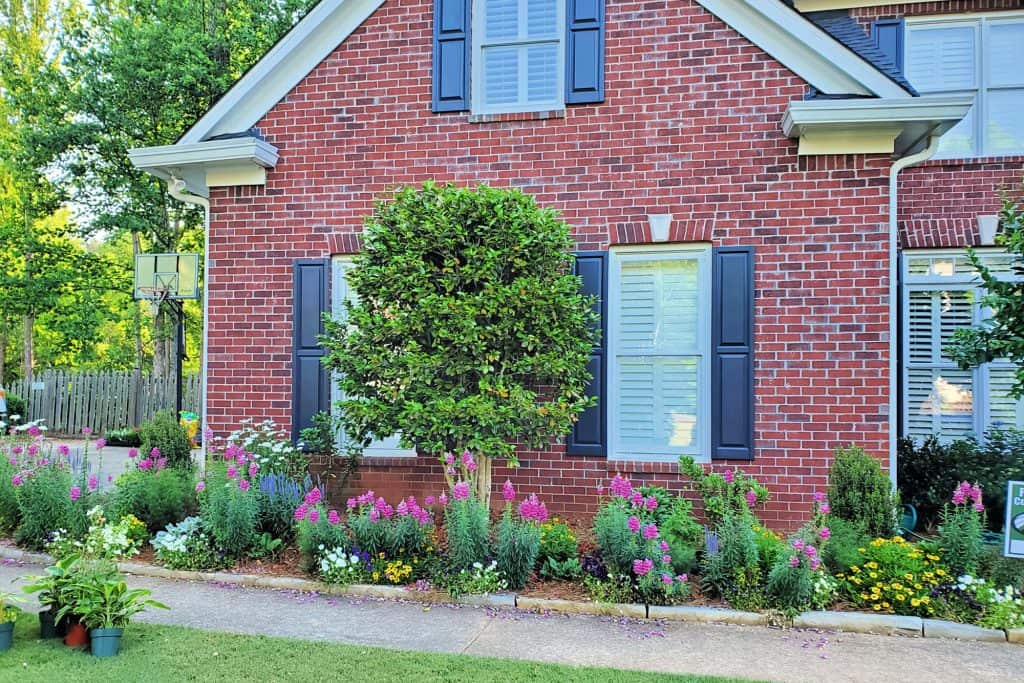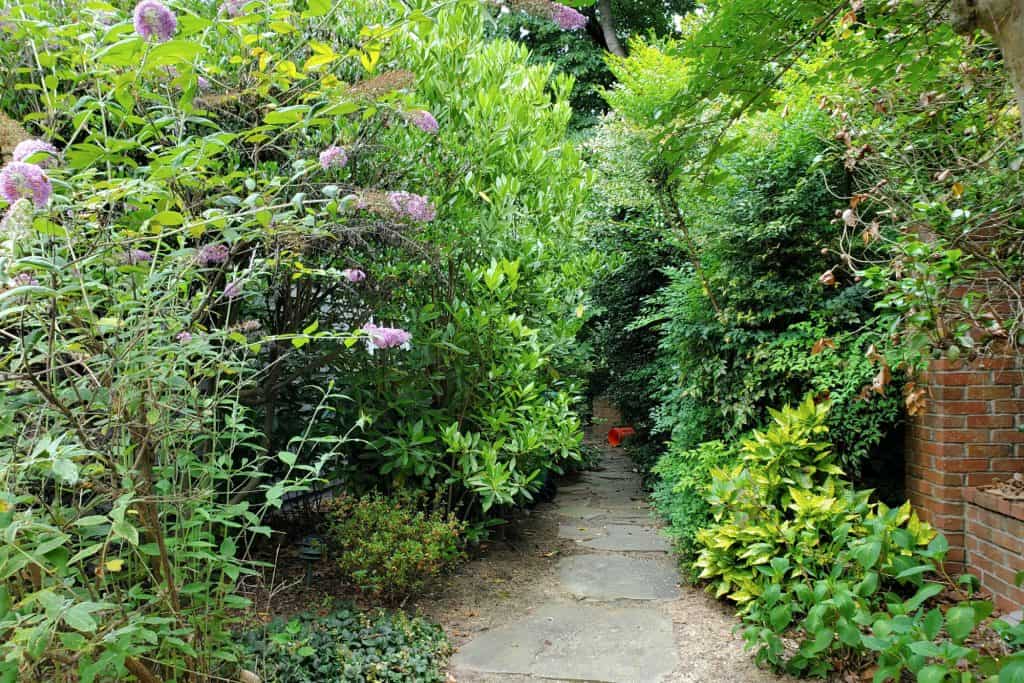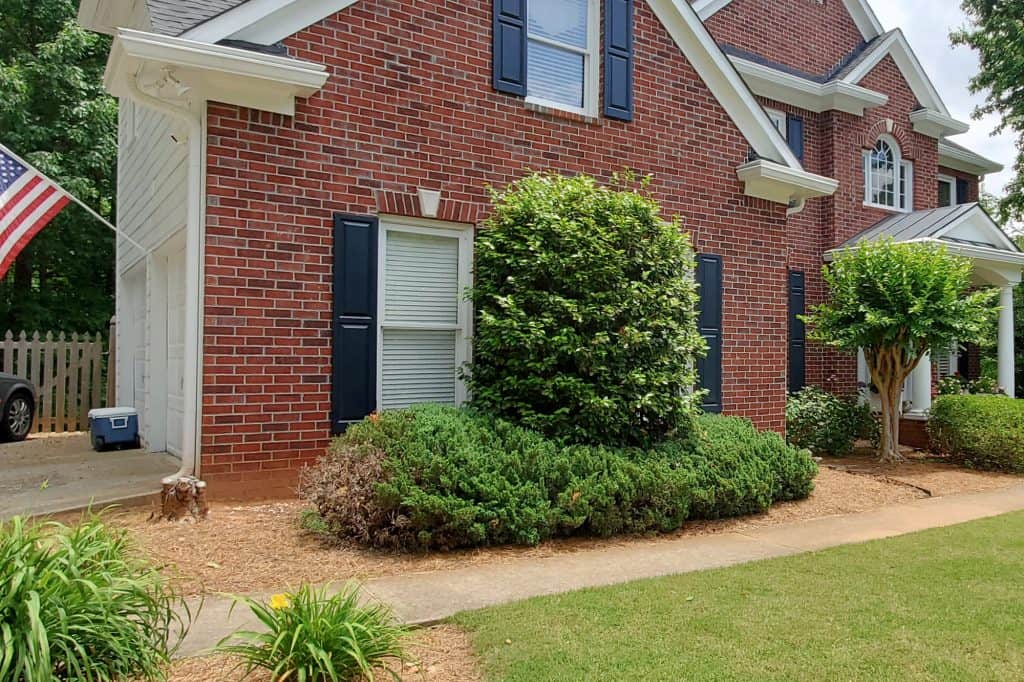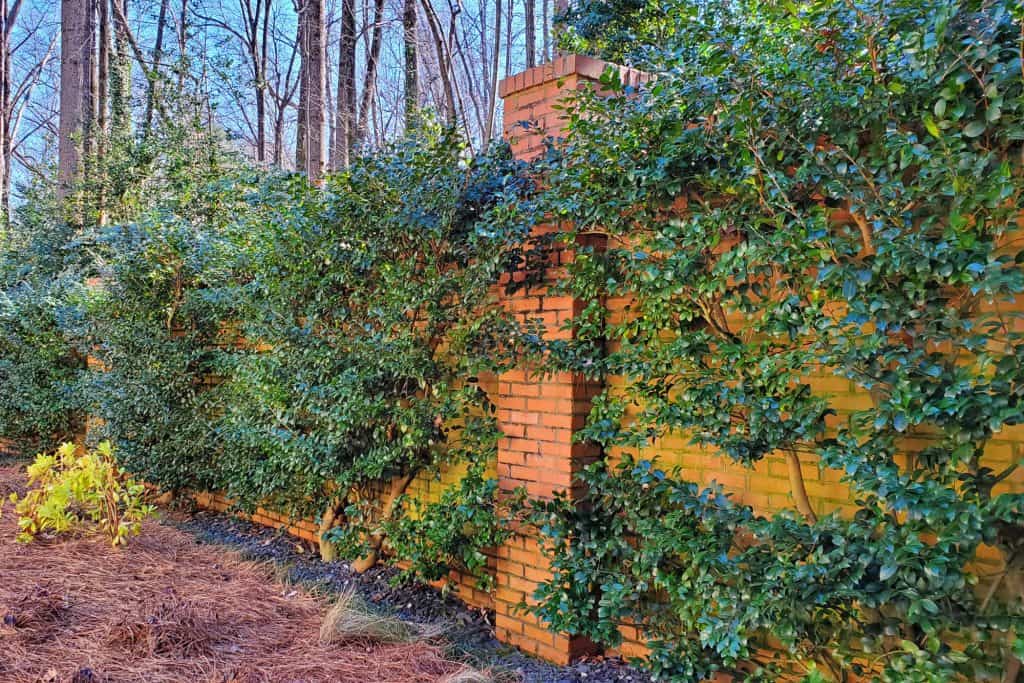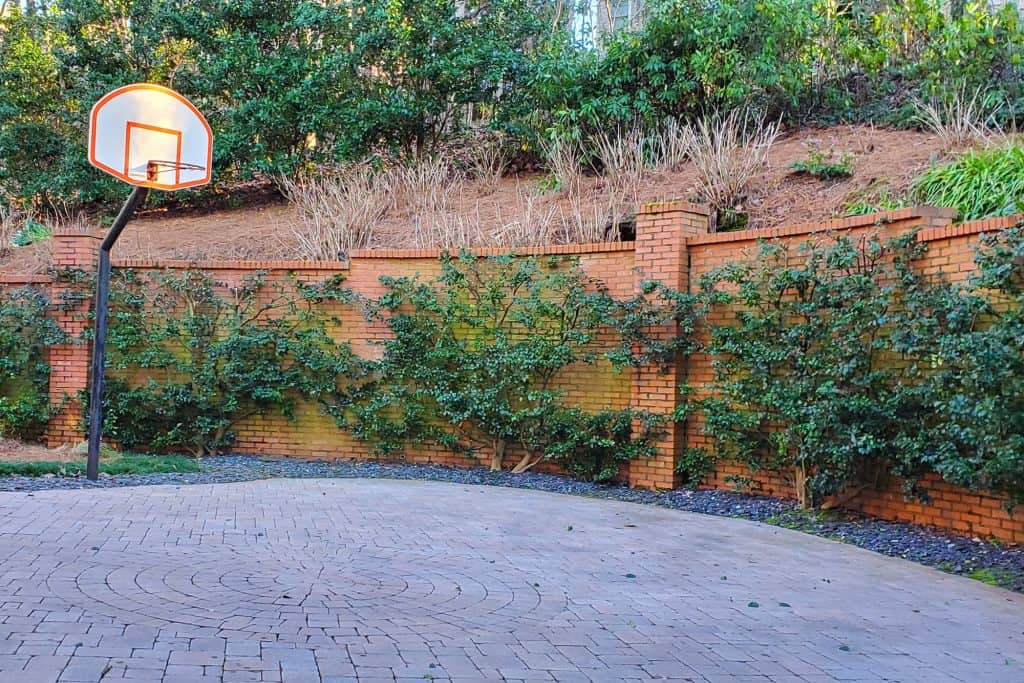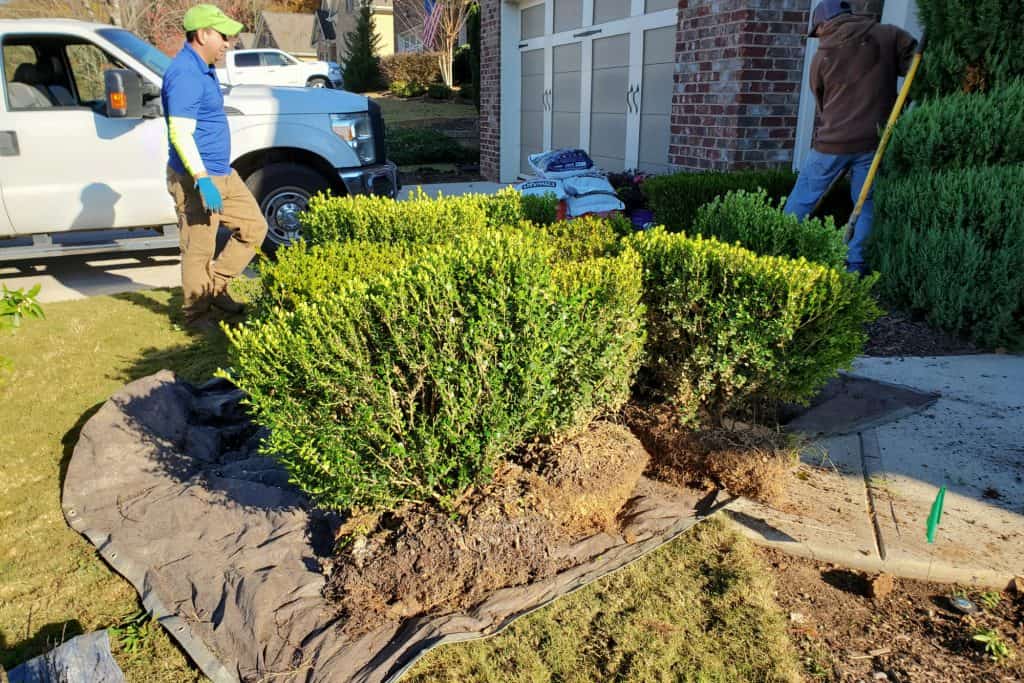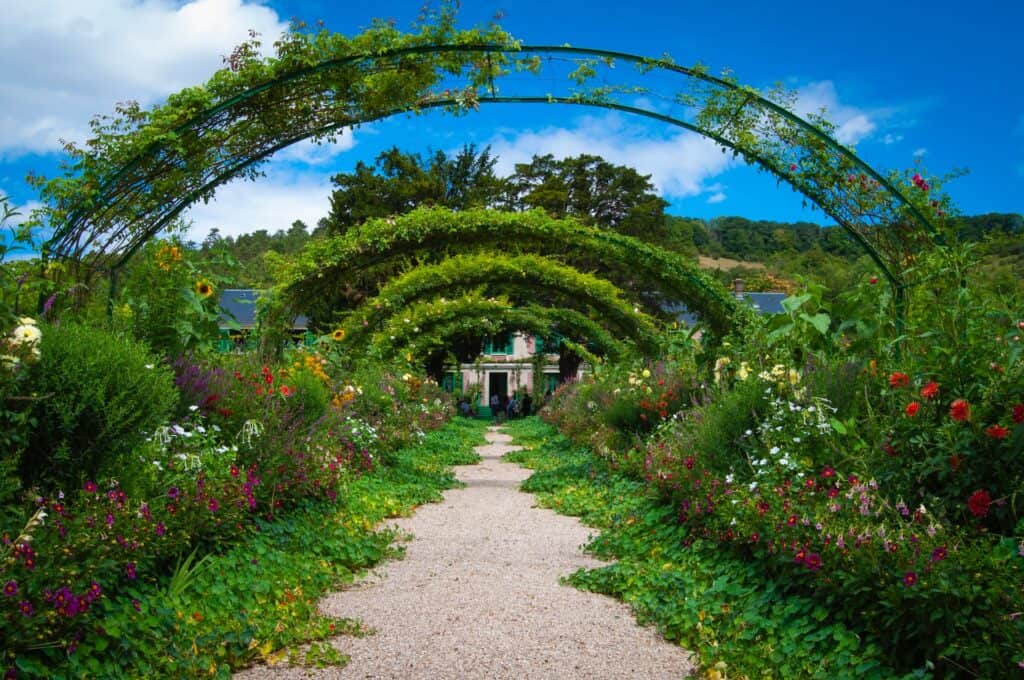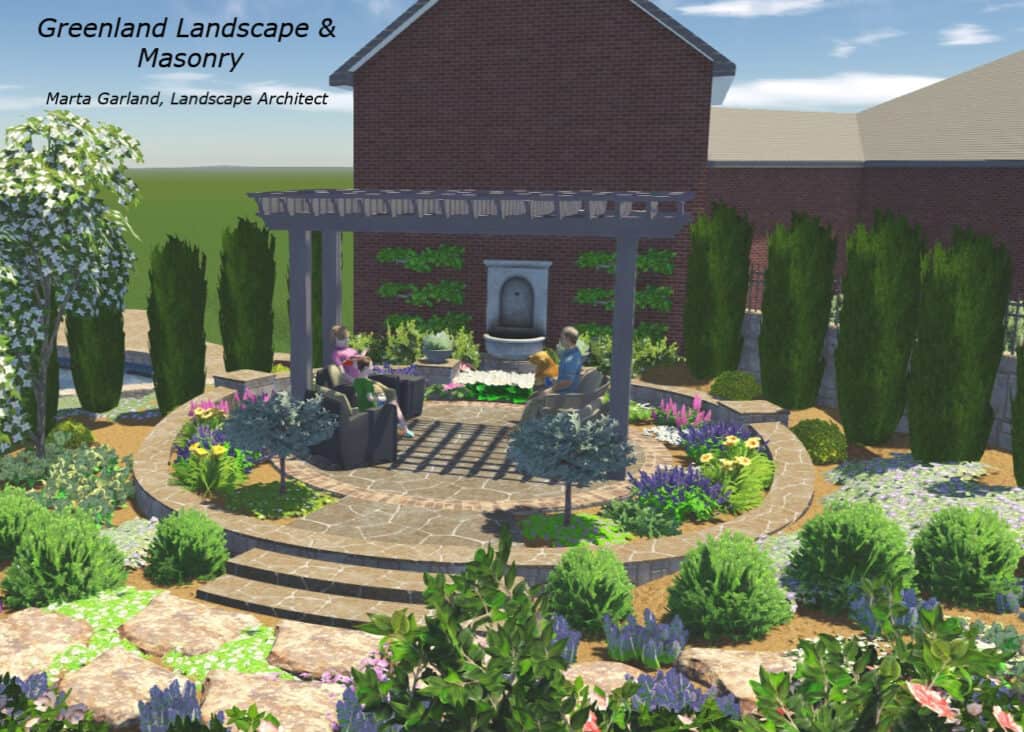Sacred Gardens: Places of Peace and Beauty for the Soul
Proclaim the Faith with Plants
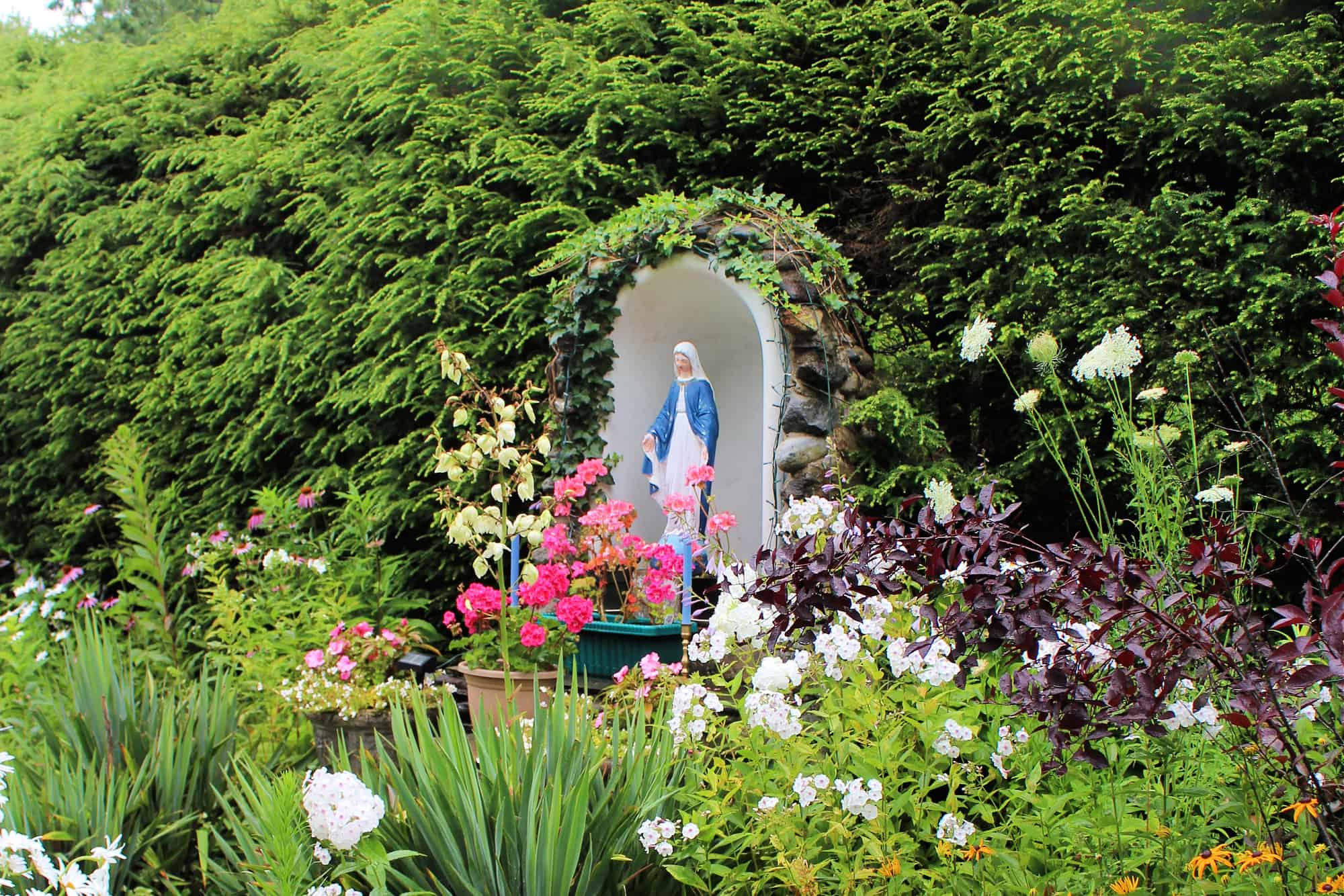
I never thought about church gardens until I had the following inspiring experience:
I was serving as a volunteer to watch over children of women attending (court ordered) group counseling for victims of domestic violence. The program was held at a Catholic Church in Winder, Georgia. It was late afternoon, and some of the children were extremely restless and could not be distracted by doing crafts or coloring.
I decided to take a few of the children for a walk on the church grounds, as I had noticed some little gardens placed along the concrete walk. We approached the first garden with a statue of Mary with flowers and benches. The children sat on the benches, enclosed in this small island of peace and comfort and became calm. After a few minutes, we walked to the next garden; I remember there were about three of them. After about 20 minutes, we returned to the classroom, refreshed.
I have since been on a journey to develop spiritual gardens of beauty, culminating in attending the SCALA Foundation Scala Foundation.org conference on sacred Christian art at the Princeton Theological Seminary.

Some of the gardens I have built and planted in Georgia are pictured in this blog, and others were created by Christian artists that I have had the privilege of meeting along the way.
Here are a few examples of sacred garden art to show what can be created on church grounds, as well as on your own property.
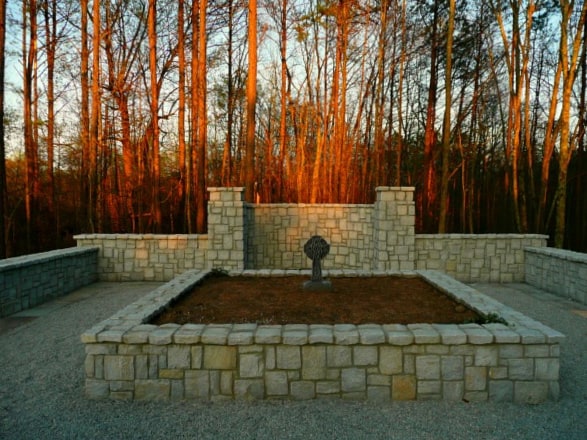
Memorial Gardens
Memorial gardens are created for the interment or burial of cremations, either in individual vaults or in a common burial plot for ashes. These are the most popular type of church gardens because they provide both a final resting place for parishoners, and a place for outdoor services and funerals. Here, the memorial garden at St. Mary & Martha Episcopal Church in Dacula, Georgia is shown in the vesper light, right before the Easter Eve service.
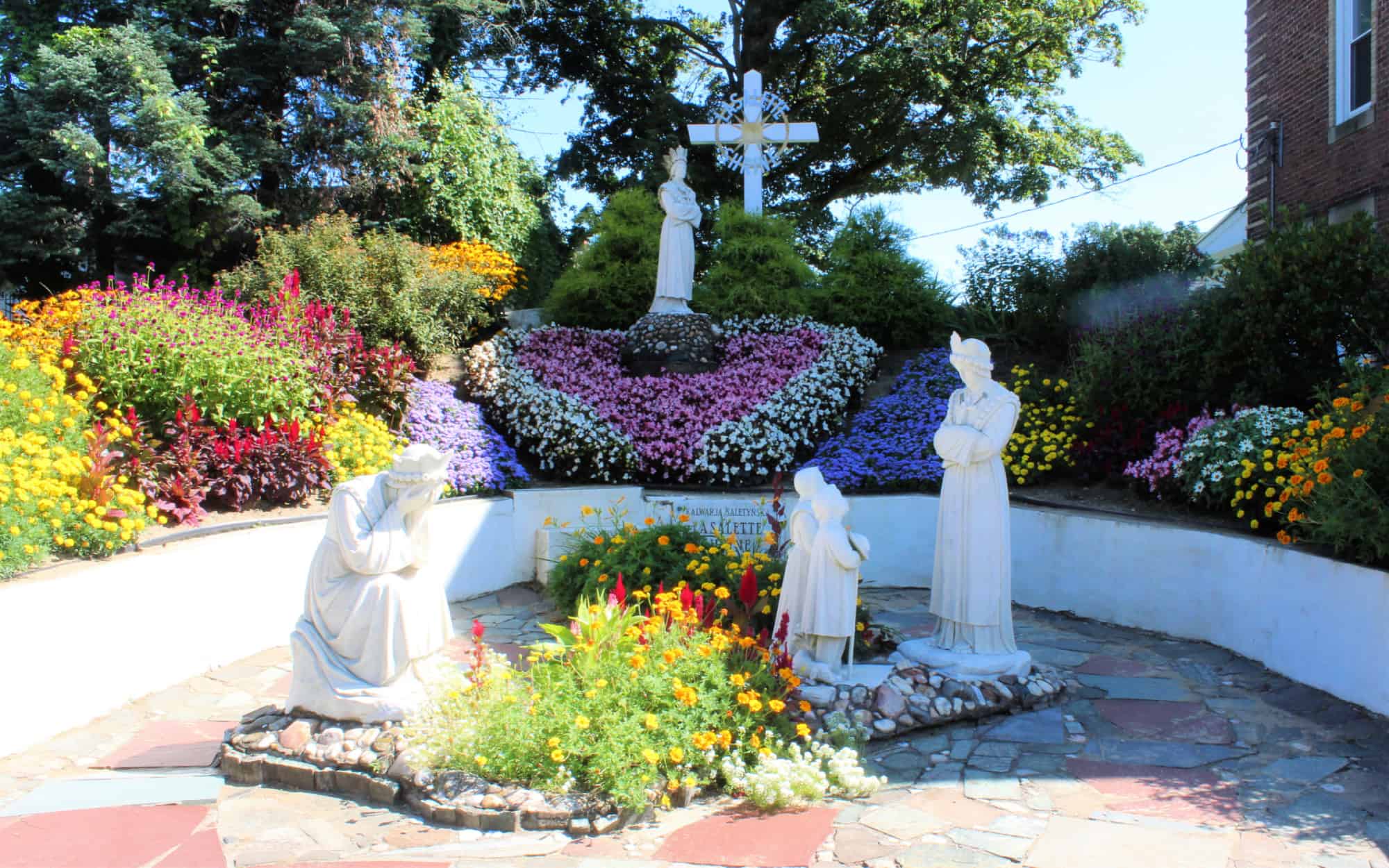
Meditation and Prayer Gardens
This photo is provided courtesy of Marie Proulx-Meder, from her inspirational book: Many Faces One Mary: Discovering Homegrown Gardens and Shrines of Our Lady. She spent 3 years photographing and documenting the history and purpose of each garden. Most of the gardens in the book are small and intimate, with a statue, flowers, and seating. They can be lovingly planted and maintained by one person, and enjoyed by many. To order the book, which contains color photos and stories of 124 gardens honoring Mary, contact Marie at [email protected].
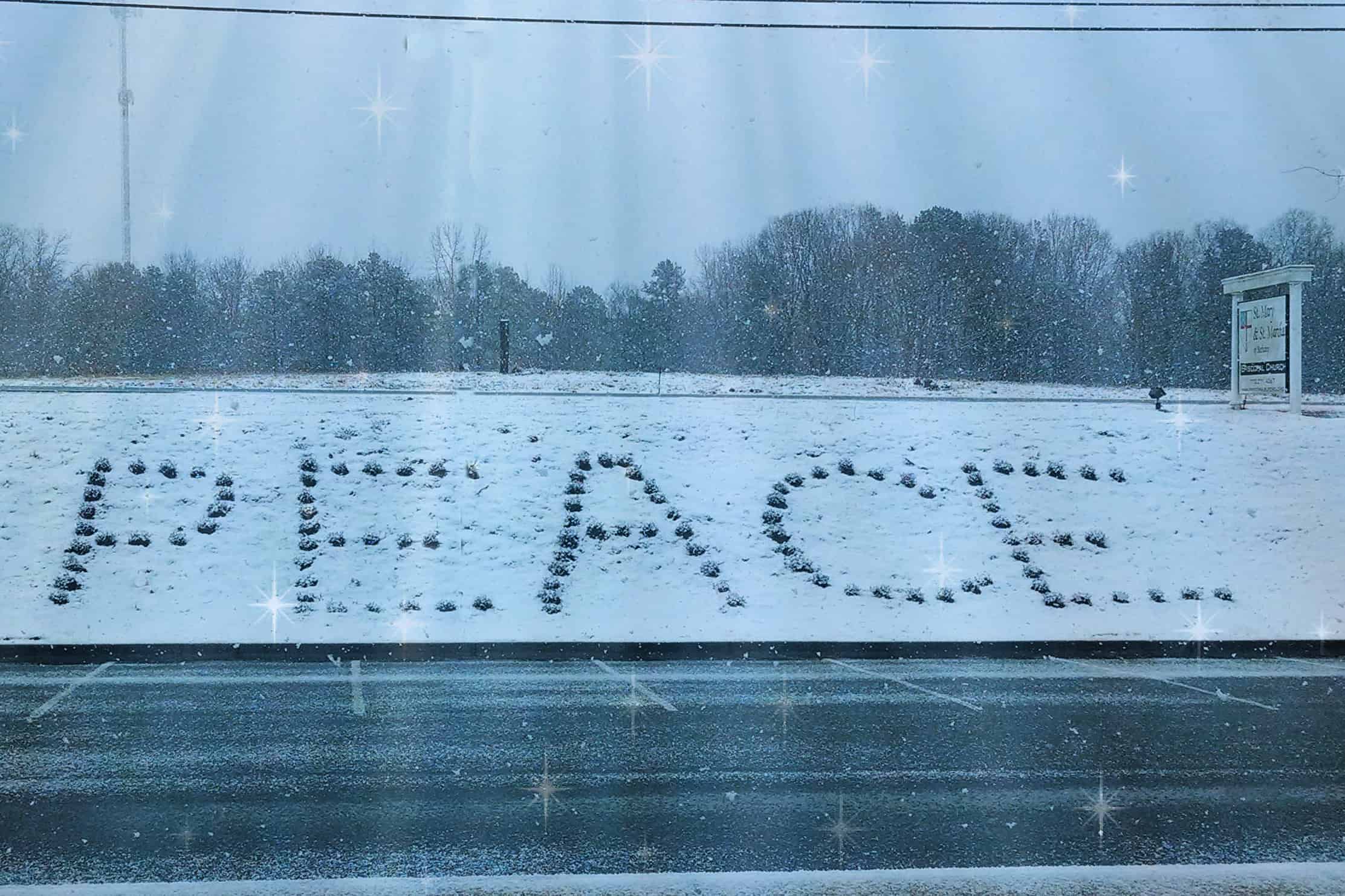
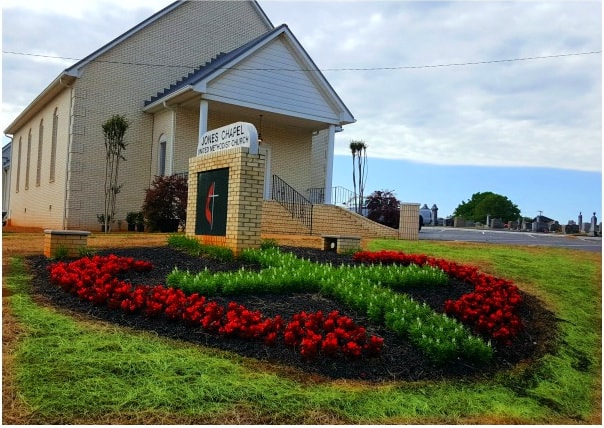
Signage and Billboard Plantings
Create a bold message in flowers proclaiming the faith. These plantings are viewed from the road. The flower cross is planted in front of Jones Chapel Methodist Church in Danielsville. The flowers are replaced twice a year by volunteers, usually begonias in summer and pansies in winter. A message of Peace at Mary & Martha Episcopal Church in Buford is planted in Dwarf yaupon hollies.
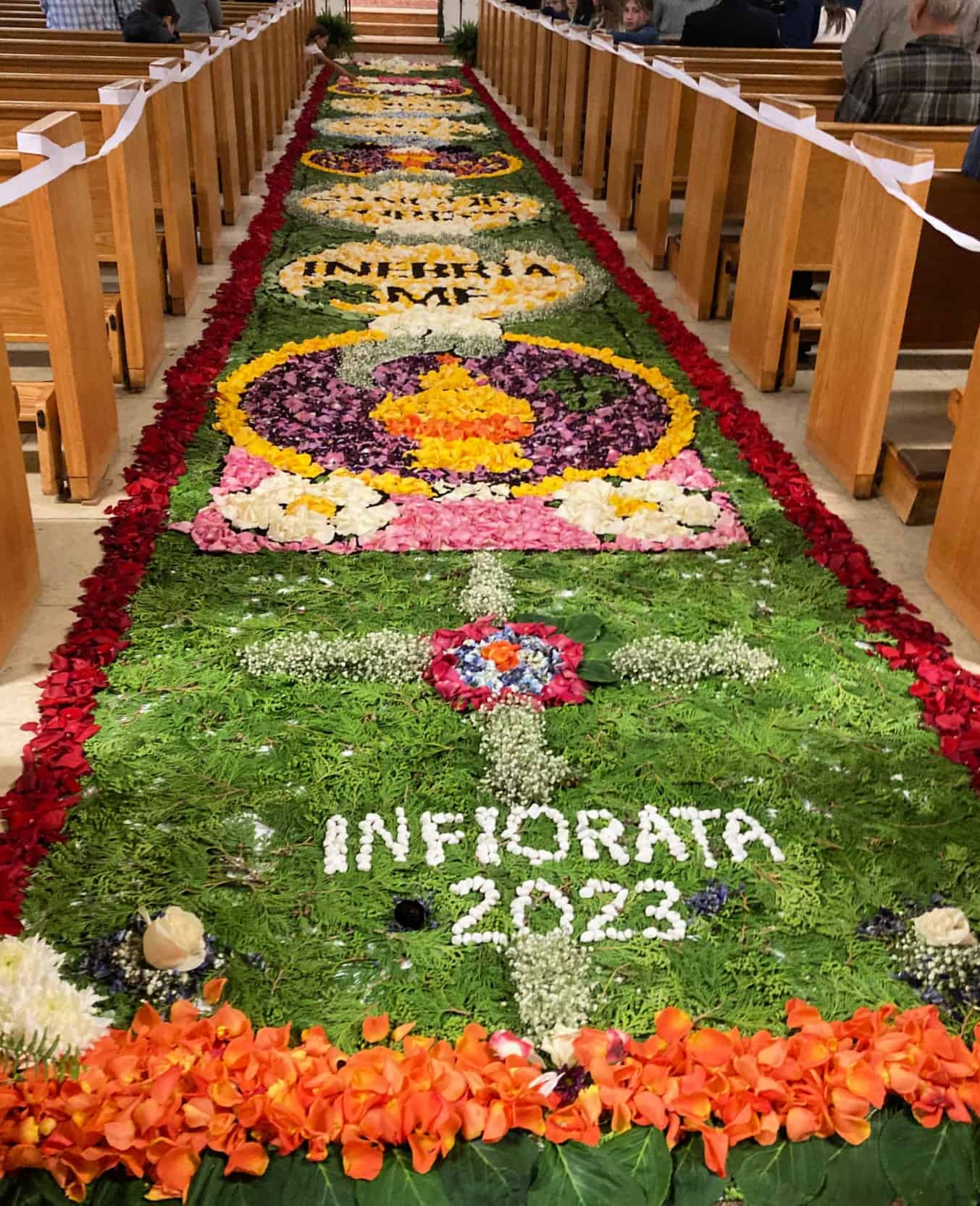
Decorative Art
This is the work of artist Kathryn Laffrey, who created the design for the flower Infiorata at her parent’s Catholic Church in Michigan. She drew the design and had it enlarged in a banner which was rolled out in the Church isle. The flower petals, greenery, and hand dyed sawdust were placed by children in the church like a paint by numbers. They even adorned the sidewalk at the street with flower petals for the public to enjoy. I can envision commissioning Kathryn to design a mosaic for an outdoor path or walkway. Visit her website: kl-artstudio.com to view her embroidery work for church alter linens and other sacred art.
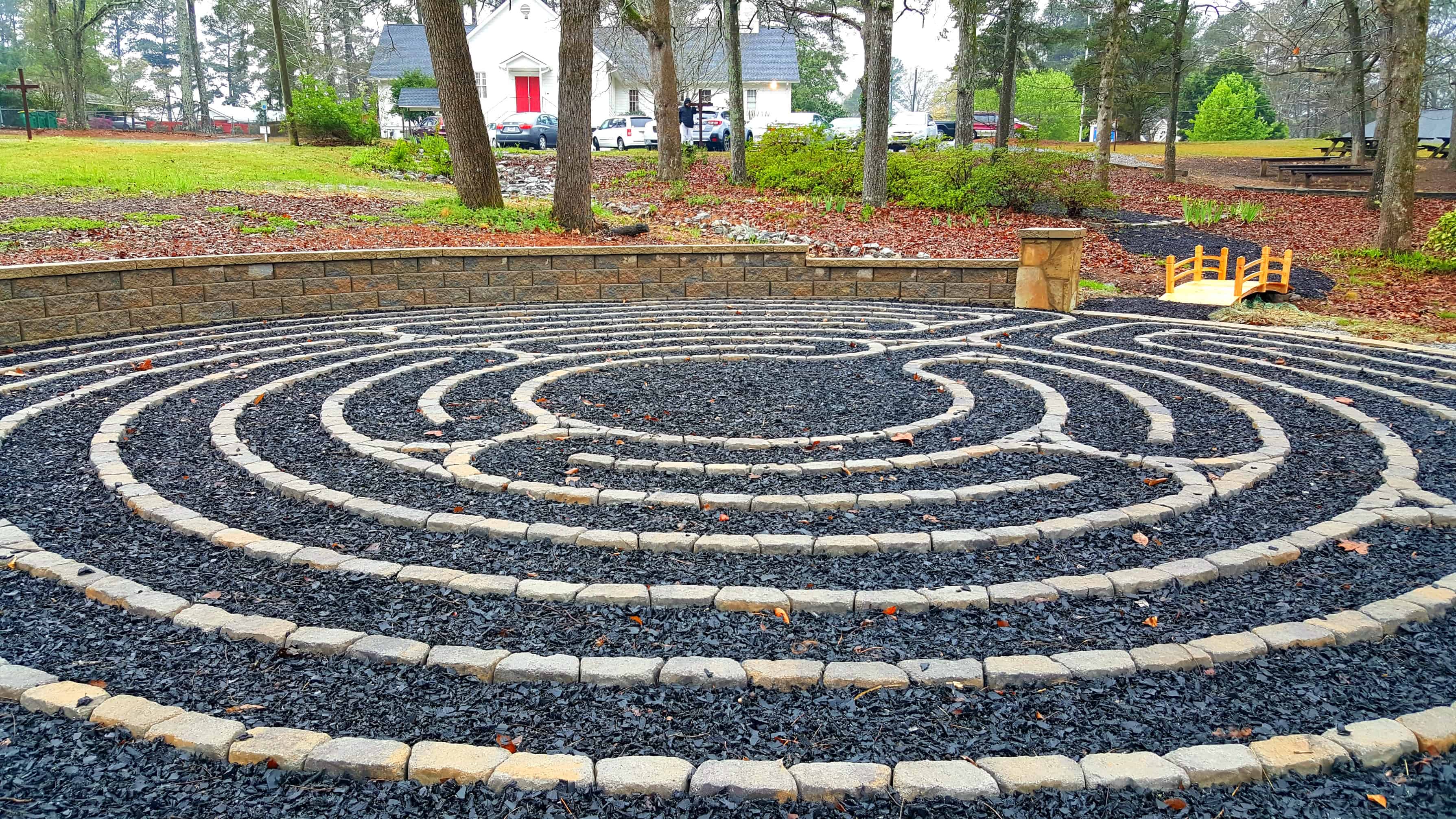
Walking paths of pilgrimage
Outdoor labyrinths and stations of the cross trails invite a mind-body meditation experience. Here is a labyrinth we constructed for St. Anthony’s Episcopal Church in Winder, Ga. There is also a walking path surrounding the labyrinth with Stations of the Cross signage. The Church keeps their grounds open to the public for prayer and meditation, even providing a printed prayer sheet for walking the labyrinth. They also have seating and an alter for outdoor services.
Sacred Gardens: Places of Peace and Beauty for the Soul Read More »

